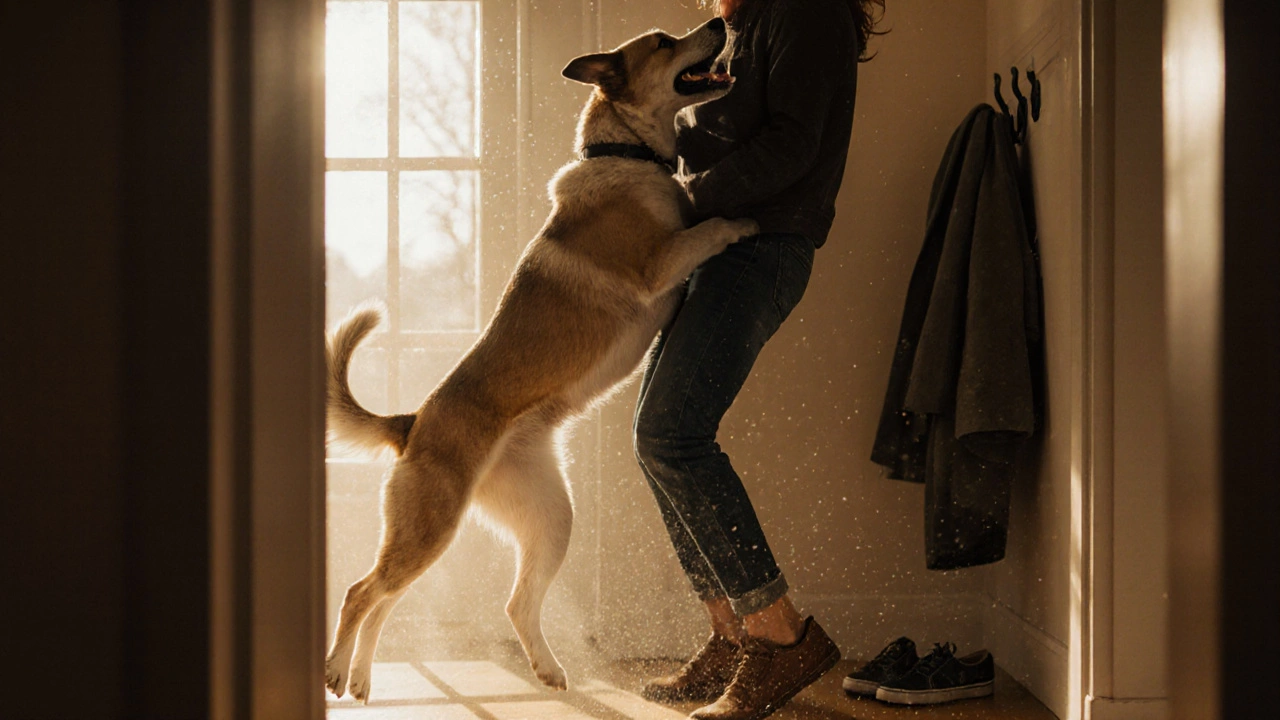Dog Bonding: Build a Stronger Connection with Your Canine Companion
When you think about dog bonding, the emotional connection between a dog and their human that builds trust, reduces stress, and improves behavior. Also known as human-dog attachment, it’s not just about cuddles—it’s the foundation of everything from house training to walking calmly on a leash. A strong bond means your dog listens more, panics less when you leave, and actually enjoys training instead of dreading it.
Real dog bonding happens through consistency, not treats alone. It’s what happens when your dog looks to you for direction during a loud thunderstorm, or when they choose to lie beside you instead of the warmest spot on the floor. This connection is built using tools like positive reinforcement, a training method that rewards good behavior to encourage repetition, and tools like a front-clip harness, a gentle alternative to choke collars that redirects pulling without pain. These aren’t just gear—they’re bridges that turn frustration into cooperation. When your dog stops pulling because they’ve learned walking calmly gets them where they want to go, that’s bonding in action.
Separation anxiety isn’t just a behavior problem—it’s a sign your dog doesn’t feel secure when you’re gone. That’s why dog separation anxiety, a condition where dogs become distressed when left alone often improves with daily bonding routines: short departures, calm goodbyes, and predictable returns. You don’t need hours. You need presence. Even five minutes of focused eye contact, a game of fetch, or silent cuddles after dinner builds a safety net your dog can rely on.
The posts below cover exactly how to make this connection stick. You’ll find real fixes for leash pulling, practical steps to ease anxiety, and simple ways to turn everyday moments into bonding opportunities. No fluff. No theory. Just what works—tested by dog owners who’ve been there.

Does My Dog Know I Love Him? The Science Behind Dog Love and Bonding
Your dog doesn't need words to know you love them. Science shows they feel your bond through touch, tone, and routine. Here's how dogs understand love-and why your daily moments matter more than you think.
View more